Simmons Airplane Wing Construction Technique
by John Giles (Aug. 13, 1923 – July 12, 2010) as told to Larry Balma in 2009
When Bob Simmons and I were building these boards, I remember him saying:
“One of these days the surfer will be able to control the board rather than the board controlling the surfer.”
I started surfing in 1935 and used every kind of board that would float me, from paddleboards to 100 lb. redwood planks and “lightweight” redwood/balsa slabs. I am still an “old time purist” at heart, but I have watched the evolution of the surfboard over the years, the waves they have been able to conquer, and admire the “acrobatics” of the younger generation.
Construction
1. We made a rigid template out of 2x6s 10’ long x 24” wide. Then we shaped a contour that would become the deck surface of the board so that we would end up with a scooped up and spooned nose. Note: the board will be built deck down on this template.

2. Then we selected 1/4” birch or ash plywood. Since it only came in 8’ lengths we had to splice it together in order to make 10’. We made a beveled cut across the ends and then glued and pressed them together making a continuous sheet. Two sheets are needed for the deck and the bottom.

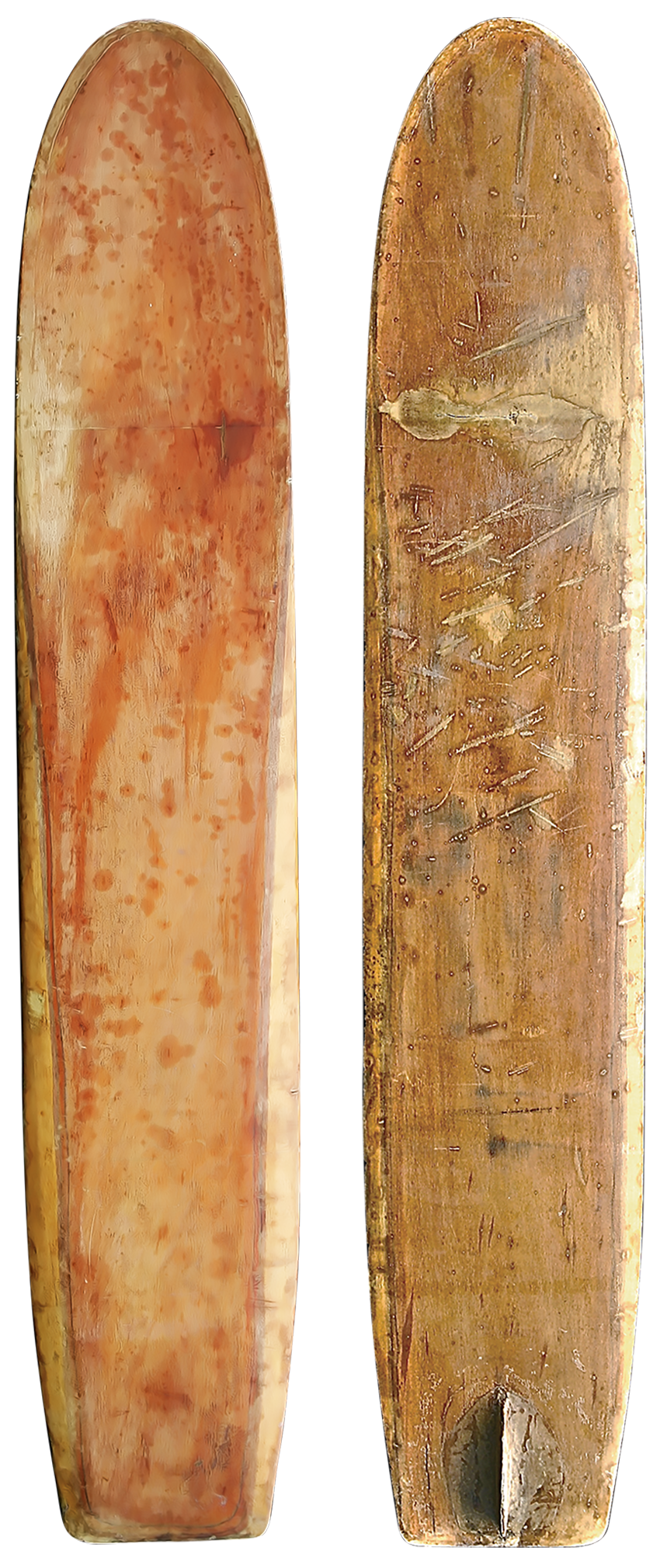

3. The 1/4” plywood top sheet was then clamped to the rigid template and would become the deck of the surfboard.
4. The nose and tail sections were then built up by laminating layers of 1/4” plywood to reach the desired thickness of the board.
5. We glued 4×4 pieces of balsa wood to the outer edges of the plywood deck. These would become the rails.

6. Pieces of block Styrofoam were then fitted between the 4×4 balsa wood side rails from nose to tail, for strength and buoyancy.
7. Now we shaped the bottom contour of the plywood nose. Then we glued and clamped the bottom sheet of 1/4” ply to the rigid template.
8. After a lengthy drying period the surfboard blank was unclamped from the rigid template and shaped using an electric planer.
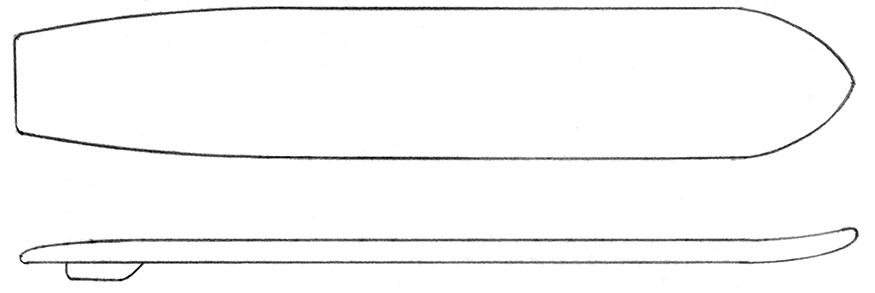
9. Then we fiberglassed the board with aircraft cloth and set it in the sun to cure. The skeg was glued and glassed on the final step.
10. The turned-up nose was quite an innovation in that time era. It kept the board from pearling on steep-faced breakers and made it easier to paddle through chop. The board also offered a substantial weight reduction and floatation gain from the big “planks” of the day, making turning much quicker. We were still using our feet to steer the board in what I think was a more graceful motion than the “hot doggers” of today.
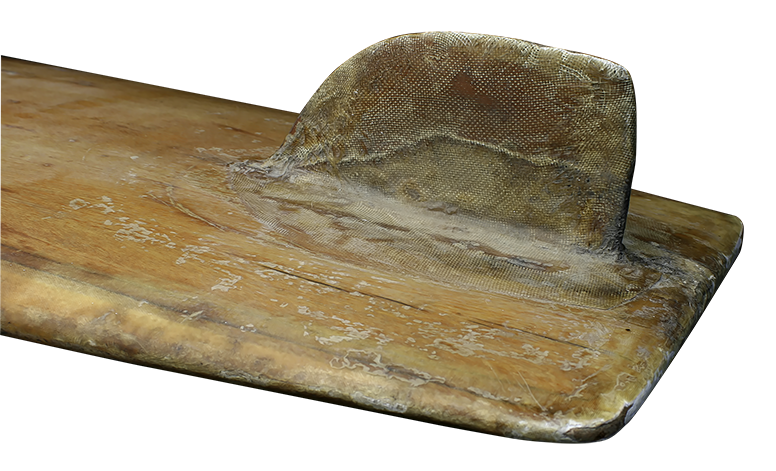
BOARD DIMENSIONS
LENGTH
10’ 7-1/4”
WIDTH
24”
THICKNESS
4”
NOSE
19 1/2”
TAIL
20 1/4”
WEIGHT
47lbs
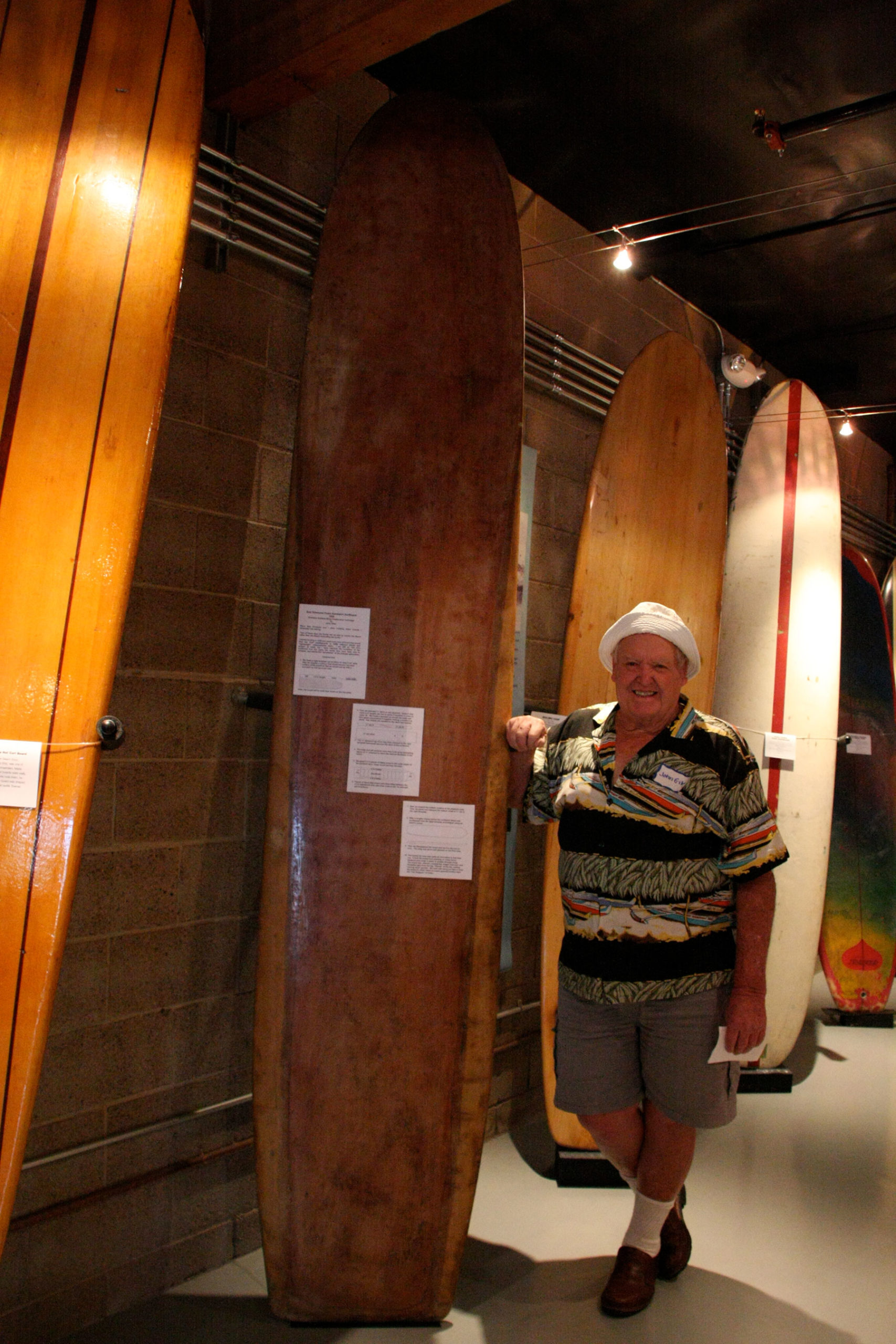
John Giles proudly loaned this surfboard to the California Surf Museum in 2009. Since his passing, his family is happy to see that it continues to be on display in our timeline of surfboards exhibit.
Photo: Tara Torburn. Surfboard photos: Guy Motil. Illustrations: Larry Balma.
JOHN GILES OBITUARY
On July 12, 2010, we said goodbye to John Edward Giles, loving husband; father; grandpa and greatgrandpa.
John was born in Los Angeles, CA on August 13, 1923.
John joined the Navy in 1940. He served our country in WWII and was there for the Invasion of Normandy.
John came home from the war in 1945. He served with the Naval Reserves from 1950 – 1952 until he left for the Korean War, serving from 1952 – 1954.
In his youth, John enjoyed surfing while growing up in Venice and Santa Monica CA. He loved surfing the beaches of Malibu, Palos Verdes, Rincon, and Ventura Overhead, to name a few. John’s surfboard and photos are on display and enjoyed by many in the Oceanside Surf Museum in San Diego, CA. John surfed with the “all-time greats” and was an innovator in surfboard design alongside Bob Simmons.
John worked for Southern California Edison Company for 30 years as a Line Crew Foreman. When he retired, John and his wife Nita moved to Siskiyou County in 1979. They built their home in Lake Shastina, enjoying a beautiful view of the golf course for the past 30 years. John loved playing golf and has been a member of the Lake Shastina Country Club for 30 years. John and Nita have traveled and played golf across the U.S., Europe and the U.K. He enjoyed teaching his kids and grandkids how to play the game, as well as many others throughout his years.
He enjoyed repairing and creating new golf clubs in his spare time always reaching for the “perfect” drive.
As a family, we spent our summer vacations camping and fishing in the High Sierra Lakes in CA. This is where dad taught us how to tie flies, correctly put a lure at the end of a pole, and, most importantly, how to tie monofilament line onto leaded line so we could fish the “deeper” waters in the lakes because that’s where the “big fish” were … he was right, we’ve all caught some monster fish!
John is preceded in death by his beautiful, adventurous daughter, Darcy Kay Giles, 1961 – 1974.
John is survived by his beautiful, loving wife Nita (Neets, as he always called her) of 62 ½ years, Lake Shastina, CA; his son Mark Giles, Mt. Shasta, CA; and his daughter Cynthia Day, Yreka, CA. His three grandchildren; Trevor Giles, Los Osos, CA; Randall Day and Kelsey Day, Yreka, CA; and three greatgrandchildren, Forest Giles and Grace Giles, Los Osos, CA; and Casey Day, Mt. Shasta, CA.
John did not want a memorial service.
There will be a “Surfers Paddle Out” at Malibu, CA, where his ashes will be spread in the ocean he so loved to surf in.
https://www.mtshastanews.com/article/20100721/NEWS/307219960

